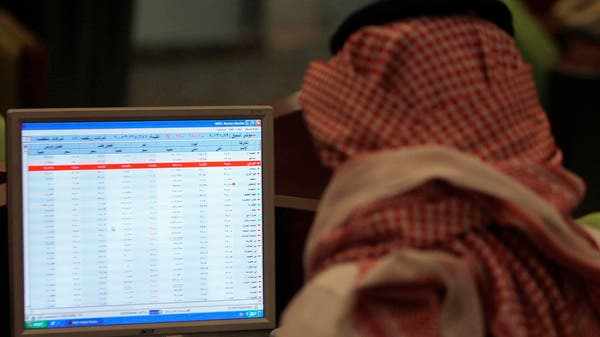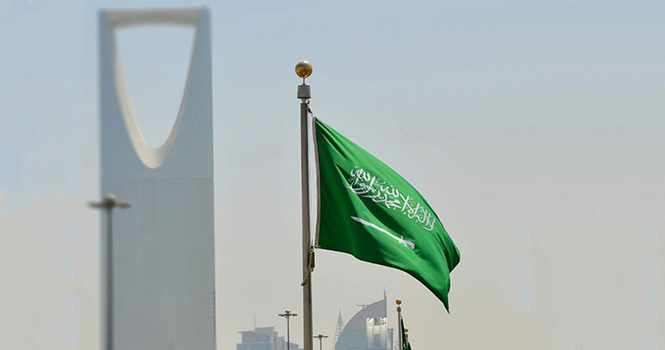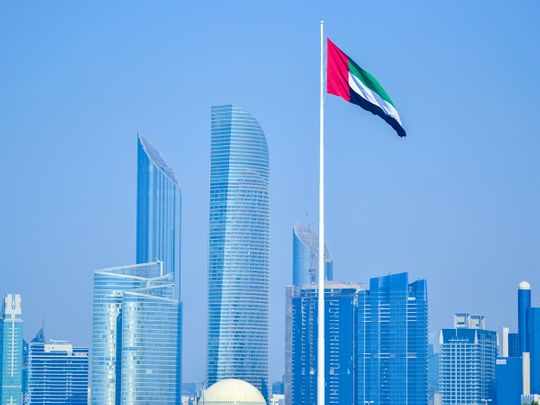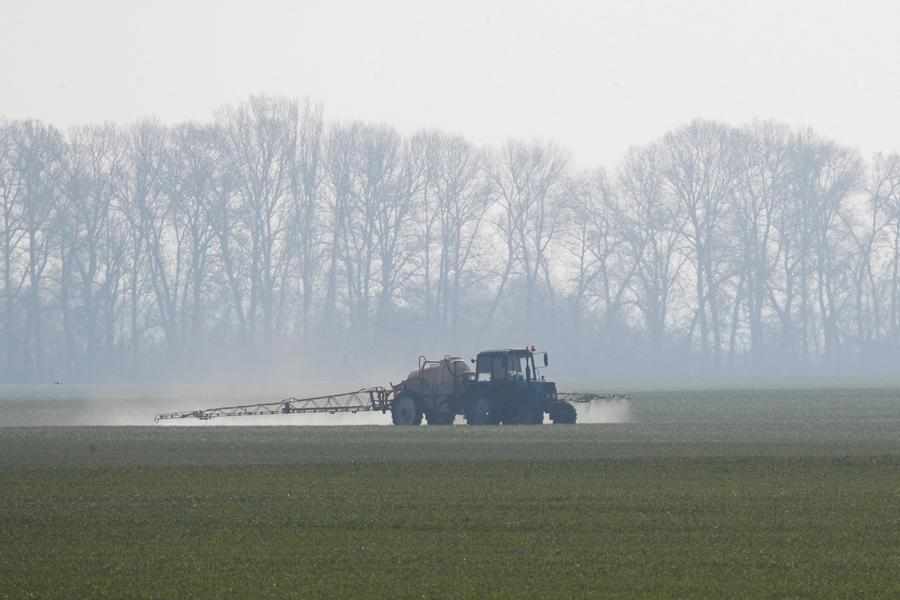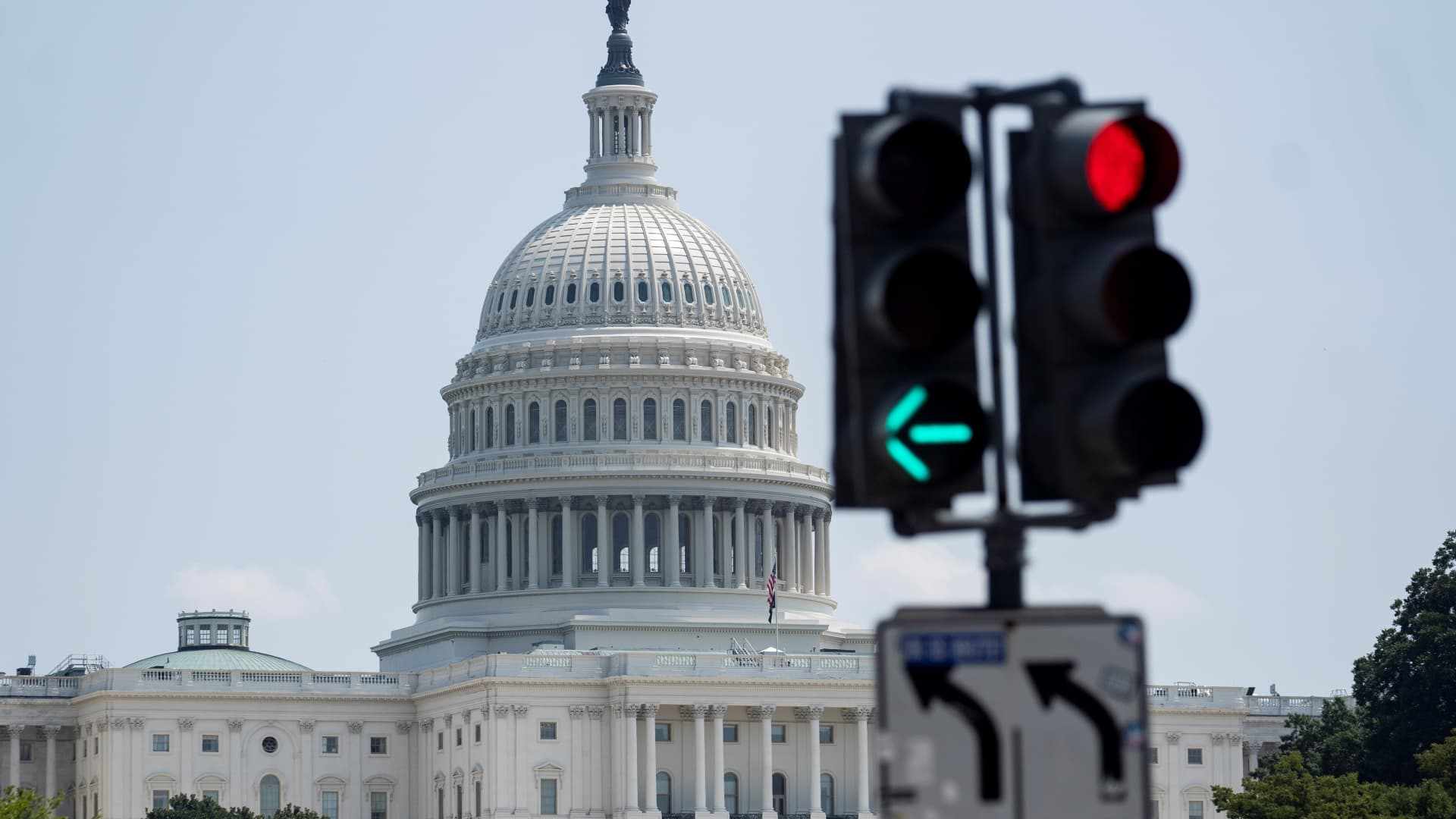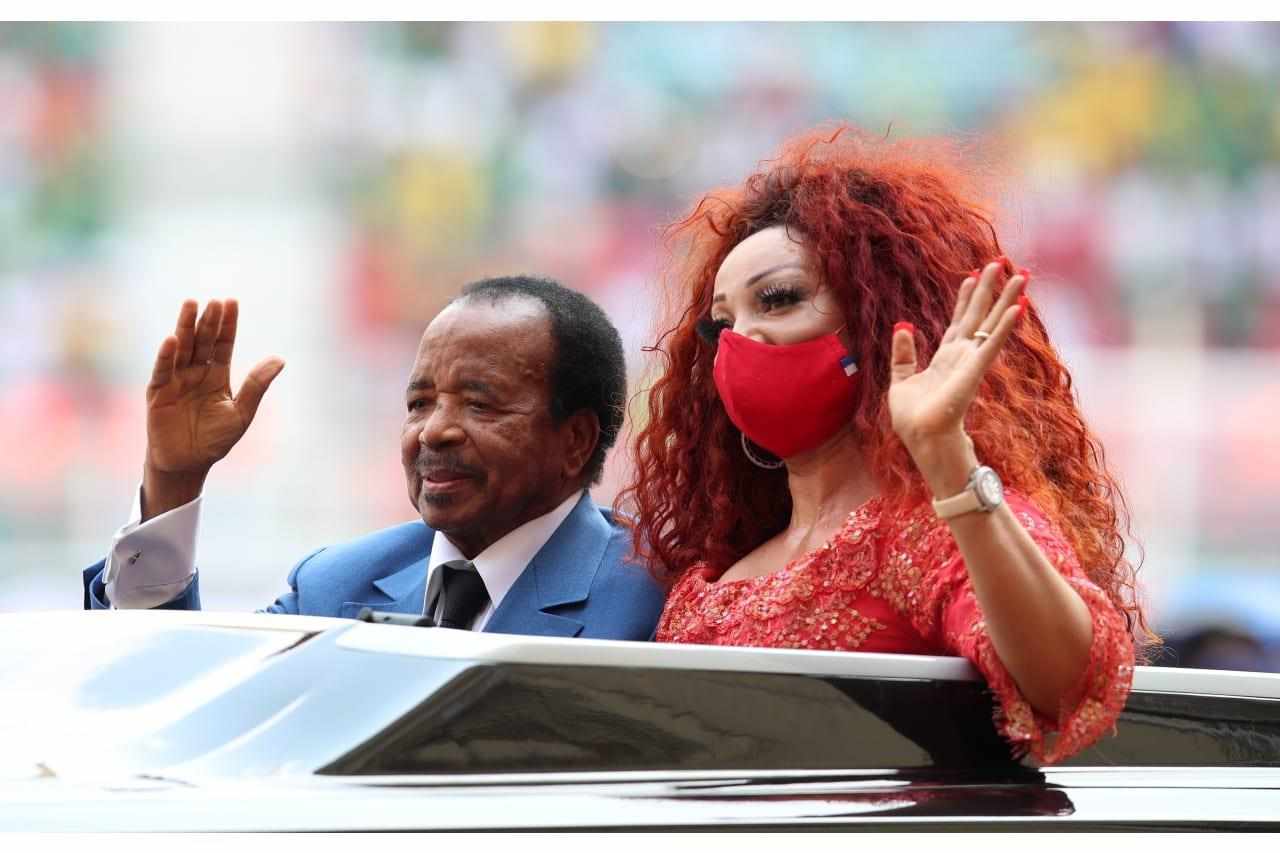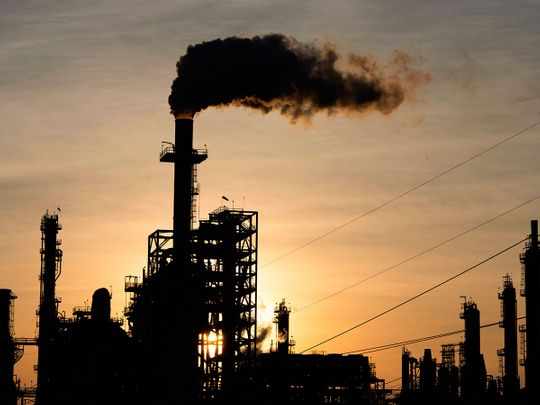Shocks and missteps: how Sri Lanka’s economy ended in crisis
Shocks and missteps: how Sri Lanka’s economy ended in crisis
COLOMBO - In late November 2019, after winning Sri Lanka's presidential election and months ahead of a parliamentary ballot that would again test his popularity, Gotabaya Rajapaksa gathered his cabinet and made good on a campaign promise to slash taxes.
The move, which included a near-halving of value added tax, blindsided some top central bank executives.
"The tax cuts just after the elections came as a surprise," P. Nandalal Weerasinghe, the Central Bank of Sri Lanka's (CBSL) Senior Deputy Governor until September 2020, recalled.
"There was not any kind of a consultative process," added Weerasinghe, who spent 29 years at the CBSL before retiring.
The economic argument for the cuts was simple - to free up spending and boost Sri Lanka's ailing finances.
A similar move by an administration led by Gotabaya's older brother Mahinda had helped drive the country's economic recovery after a decades-long civil war ended in 2009, a ruling party member close to the Rajapaksas said.
"That is why they made this promise ... Then, the pandemic came," said Milinda Rajapaksha.
The case against was that reducing potential revenues when obligations were high was risky and undermined a 2019 debt management plan that hinged on a narrowing fiscal deficit.
"That was a mistake," W.D. Lakshman,


